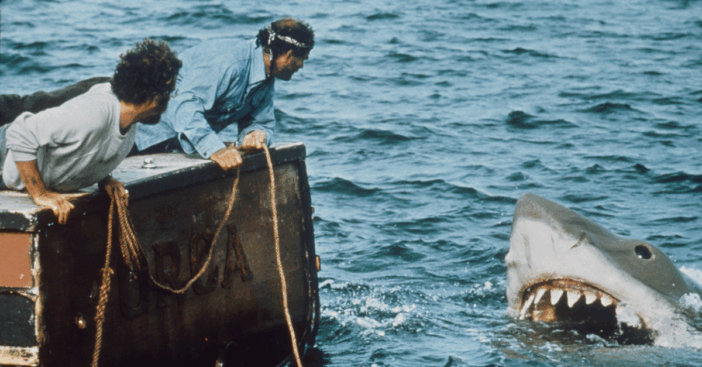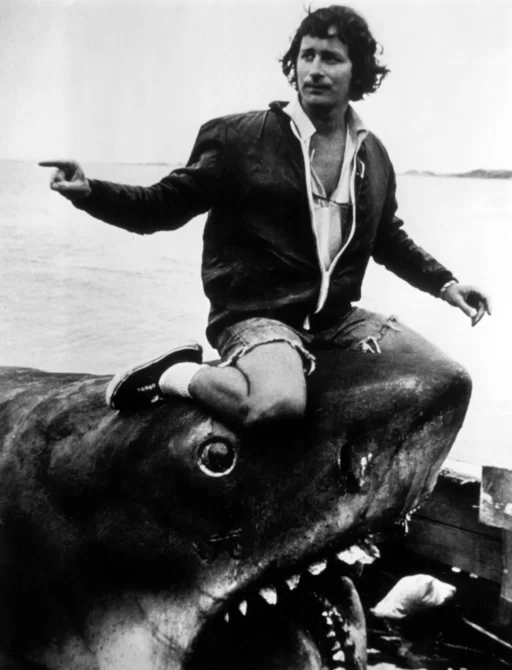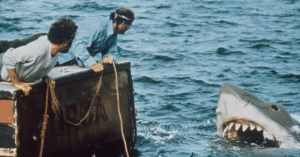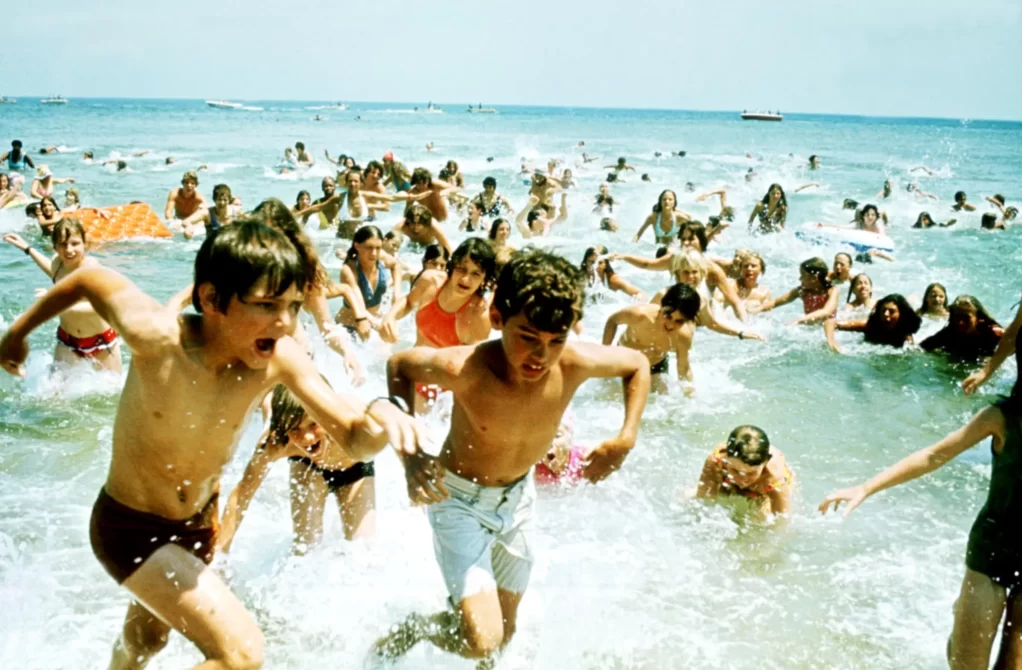
Steven Spielberg’s Jaws introduced audiences to a new kind of horror set in the quiet coastal town of Amity Island. When a monstrous Great White shark starts attacking residents and tourists, it’s up to the local police chief, a marine biologist, and a grizzled fisherman to stop the beast before it kills again.
Despite the issues faced, Jaws would go on to become the first summer blockbuster, revolutionizing both the thriller genre and the way films were marketed. Still, the film managed to become one of the most successful films in history, earning critical acclaim and turned Spielberg into a household name.
The shark from ‘Jaws’ appeared for only a few minutes due to unforeseen problems

One of the biggest obstacles during production was the mechanical shark, which caused numerous delays. The shark, nicknamed Bruce, broke down frequently in the saltwater, leading Spielberg to rethink his approach. The shark itself only appears for about four minutes throughout the entire film, which was a blessing in disguise.
Without the constant presence of the creature, the terror became more about anticipation and fear of the unknown. As the production progressed, more problems arose, including unpredictable weather conditions and issues with the script. However, these challenges only made the final product feel more authentic.
One of the most famous scenes on ‘Jaws’ was not in the original script

While technical issues with the shark dominated the set, it was an entirely different moment that would go on to capture the attention of viewers and crew alike. In one of the most powerful scenes of Jaws, Robert Shaw’s character, Quint, delivers a haunting monologue about the USS Indianapolis, the ship that was sunk during World War II.
The backstory of this scene has sparked much debate. However, the final result was a stunning, uninterrupted performance that left the crew silent in awe. Shaw’s ability to bring such raw emotion to the scene without a single cut added a layer of intensity that no one on set could have anticipated, and it remains one of the film’s most iconic moments.

